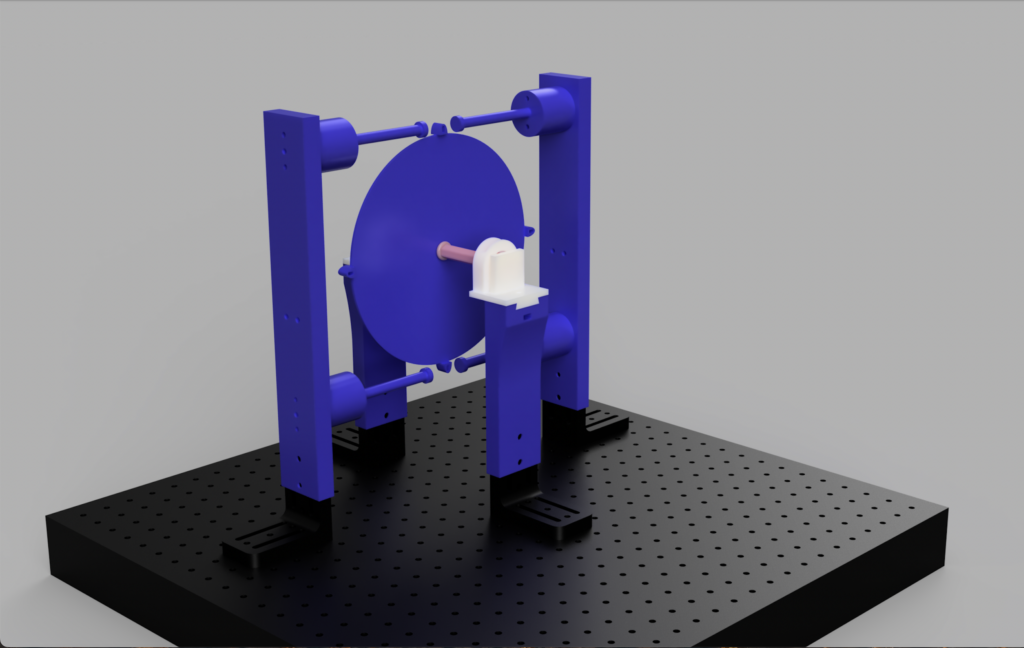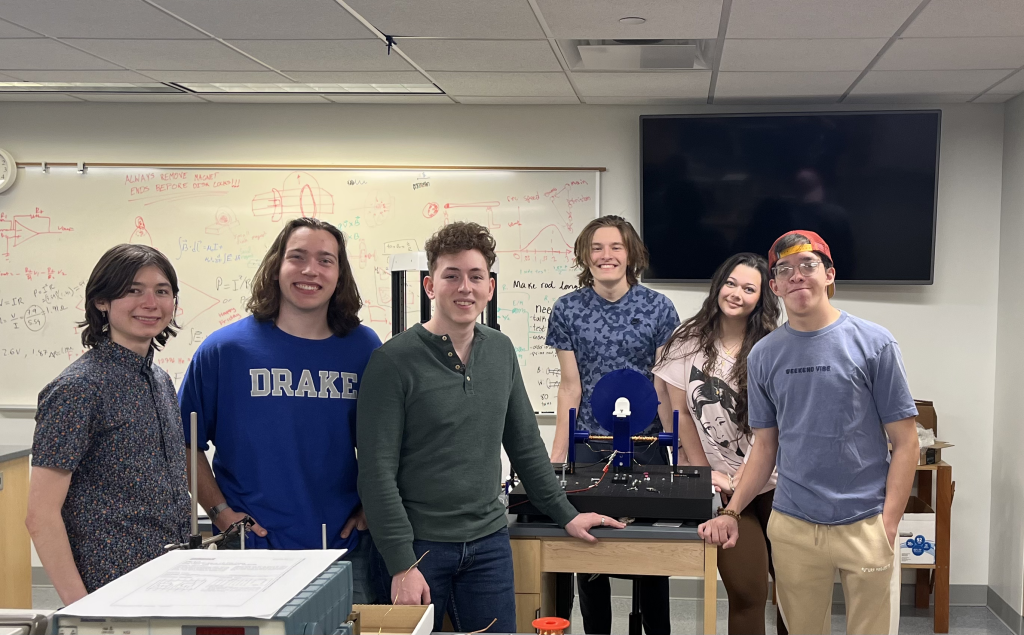Microgravity environments have proven to be detrimental to the human body, and the current centrifugal mechanisms for generating artificial gravity also pose negative health effects to the human body. In particular, the Coriolis force on vascular transmural processes and wall stress have been shown to result in thickening of the vessel walls and a decrease in the inner radius. To address these shortcomings, we are developing an oscillatory model for artificial gravity generation.

By oscillating a thin disk at high frequencies and very small amplitudes, concerns due to the Coriolis effect can be neglected because of the small movements while the oscillations still provide a centrifugal force. Further, the required size of this disk can be reduced drastically compared to a centrifugal model which reduces the necessary size of the spacecraft, making it a more efficient and cost-effective alternative.
A model is currently being developed to oscillate a disk at high frequencies using a magnetic bearing system and high frequency, weak electromagnets. We use Autodesk Fusion 360, a CAD software, for the design and 3D printing of our current proposed apparatus.

Current work is focused on developing the high frequency oscillation system by using weak electromagnets so that the disk can be moved back and forth quickly without introducing too much energy to the system. We are currently building and testing numerous electromagnets in order to determine the most effective way to reduce the amount of current in the circuit while still being able to effect the disk.
In addition, we are also developing a laser detection system to measure and report the complete effects of the oscillatory model on the generation of artificial gravity. While developing these new systems, our team strives to improve every aspect of the currently developed apparatus.
